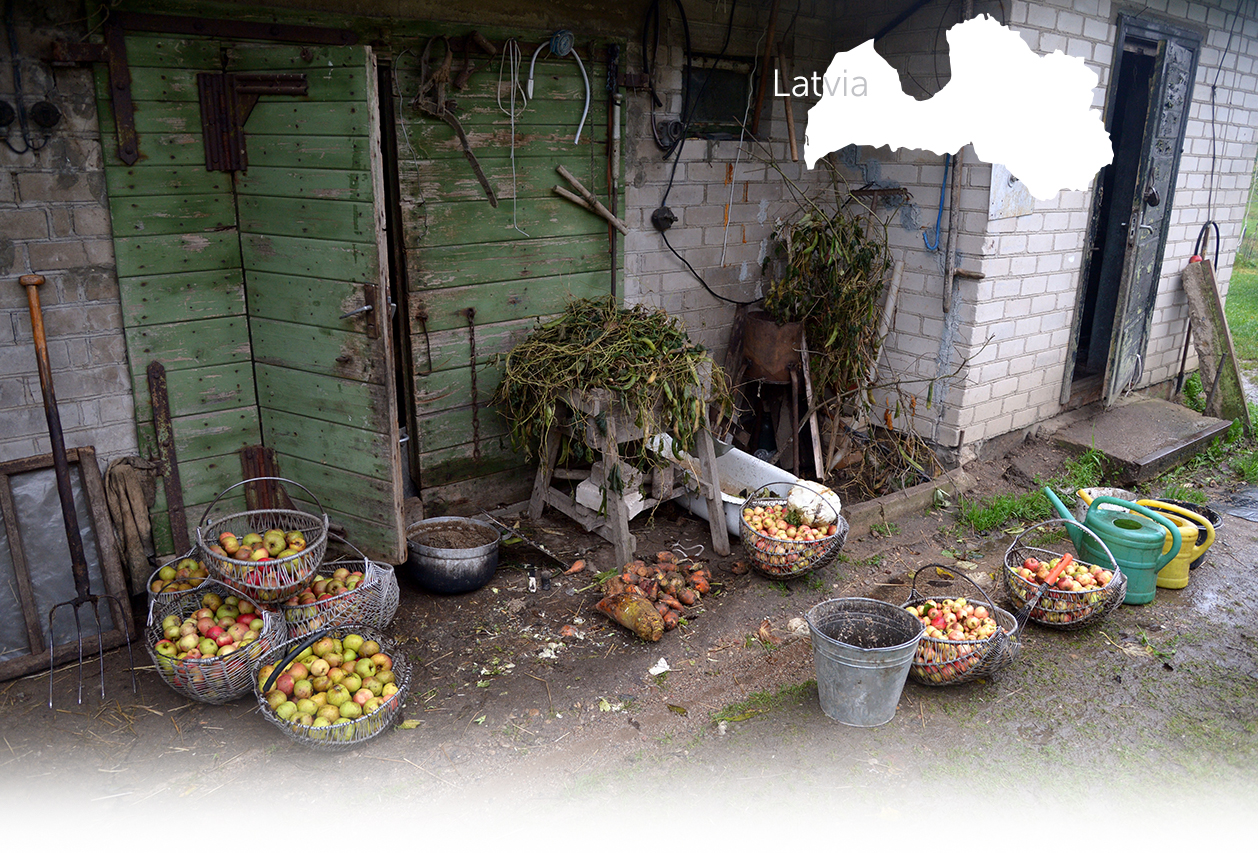

1 Killing site(s)
" […] Based on the investigation materials available to the commission and statements from local residents, it has been established that shortly after the arrival of the German–Fascist occupiers, they and their accomplices carried out a brutal massacre—shooting residents of the village of Asūne who worked at the local pharmacy: Moisey Lgov, Bella Lgov, Mifra Lgov, and Minna Bukingham, solely because they were Jews.
When the grave of the murdered victims was exhumed, it was found that all had been bound with telephone wire. Among the bodies was that of a child, aged six or seven.." [Act drawn by State Extraordinary Soviet Commission (ChGK), on March 28, 1945, p. 66; GARF 7021-93-94/Copy USHMM RG.22-002M]
Asūne, a small village in southeastern Latvia, lies about 10 km (6.2 mi) southeast of Dagda and roughly 80 km (49.7 mi) northeast of Daugavpils. Prior to the Second World War, little is known about the Jewish population in the village. In 1925, 29 Jews lived in Asūne and the surrounding area; by 1929, the number had declined to 24, and by 1935, only 16 remained. In 1938, Jewish residents included Zalman Druyan and Akiva Shostak.
Although the Jewish presence in Asūne was small, a more established and vibrant community existed in nearby Dagda, where Jewish settlement began in the early 19th century.
Asūne was occupied by German troops in late July 1941. Shortly after their arrival, the occupiers—assisted by local collaborators—began persecuting the village’s small Jewish population.
Among the known victims were members of the Lgov family—Moisey, Bella, and Mifra—as well as Minna Bukingham, all of whom worked at the local pharmacy. They were arrested and executed, along with several Jewish refugees from nearby Dagda, solely because of their Jewish identity. Investigations later revealed that the victims had been bound with telephone wire before being shot. Among those killed was at least one child, estimated to have been six or seven years old.
During a Yahad research mission to Asūne, a mass grave was identified beneath the remains of an unfinished private house on a small hill. According to local residents, construction on the house began in a forest clearing near the road but was halted after numerous human bones were unearthed. The site remains unprotected today, and the partially built structure stands abandoned.
Soviet archival records also indicate the existence of two additional killing sites in the nearby Kiselev Forest, where 15 Jewish victims were murdered. The precise locations of these graves have since been lost. It remains unclear whether the mass grave uncovered by Yahad–In Unum corresponds to one of the sites documented by the Soviet Commission.
Do you have additional information regarding a village that you would like to share with Yahad ?
Please contact us at contact@yahadinunum.org
or by calling Yahad – In Unum at +33 (0) 1 53 20 13 17